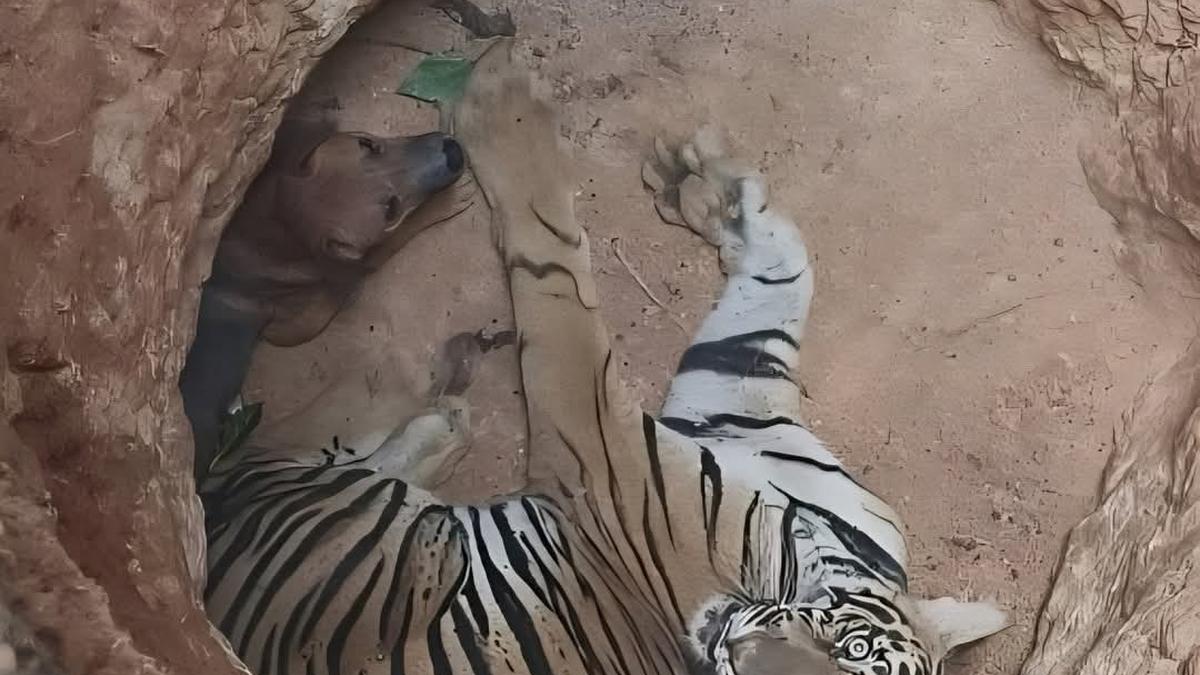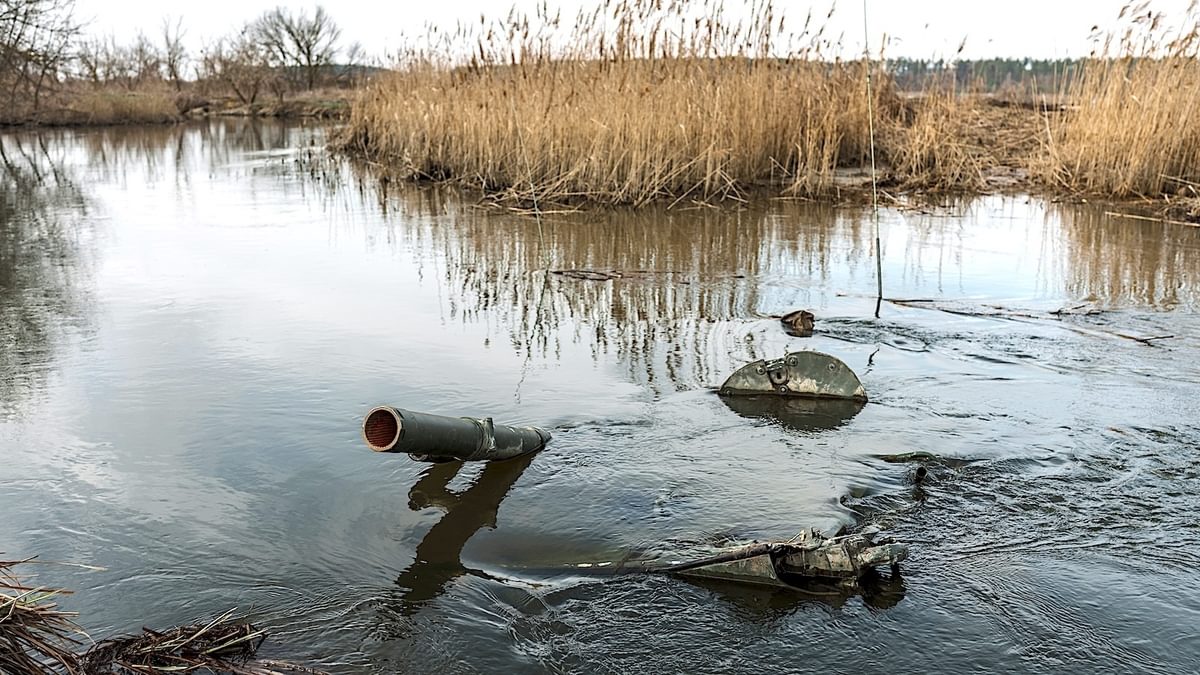Two Ice Age ‘puppies’ weren’t exactly dogs
But the sisters did feast on some woolly rhino before they died. The post Two Ice Age ‘puppies’ weren’t exactly dogs appeared first on Popular Science.

The origin of human and dog relationships is surprisingly murky, despite its seemingly strong foundation. Most estimates put the earliest examples of canine companions at around 15,000 years before the present day, but their actual evolutionary split from wolves may have occurred as far back 30,000 years ago. But even then, the line is a bit blurry as to who befriended who, and when.
Take the Tumat puppies, for example. Respectively discovered in 2011 and 2015 at the Syalakh site in remote northern Siberia, some experts have argued these remarkably well-preserved animals offer some of the earliest evidence of dog domestication. However, according to a recent reevaluation detailed in a study published on June 11 in the journal Quaternary Research, the Tumat puppies weren’t puppies at all—they were likely wolf cubs. And their last meal points to even more historical revisions.

The canine revision follows genetic analysis and internal examinations conducted by an international research team. Their data suggests the sister cubs were around two months’ old when they died (likely during a landslide), and maintained an omnivorous diet similar to today’s wolves. Surprisingly, the stomach contents included a meal that included woolly rhinoceros.
With a shoulder height of about five feet, a woolly rhino would have been tough for wolves to take down, leading the study -authors to theorize that the cubs fed on a younger calf that had been hunted by the adults in their pack. Even so, the prey would be impressive by even today’s standards, as modern wolves rarely target prey of that size. Knowing this, experts are now beginning to wonder if wolves living thousands of years ago during the Pleistocene were larger than today’s examples.
When first discovered, the Tumat cubs were interred near woolly mammoth bones, some of which displayed signs of human processing and cooking. Although there isn’t direct evidence linking the early hunters to the wolves, it’s possible that the animals were either slightly tamed, or at least trusting enough to hang around waiting for table scraps.
“It was incredible to find two sisters from this era so well preserved, but even more incredible that we can now tell so much of their story, down to the last meal that they ate,” University of York archeologist and study co-author Anne Kathrine Runge said in a statement.
Interestingly, one of the earlier arguments in favor of the siblings being dogs was their fur color. Both animals had black hair, a mutation thought only present in canines. The confirmation of their wolf identity, however, challenges that genetic theory.
“Whilst many will be disappointed that these animals are almost certainly wolves and not early domesticated dogs, they have helped us get closer to understanding the environment at the time, how these animals lived, and how remarkably similar wolves from more than 14,000 years ago are to modern day wolves,” Runge explained.
But as informative as the Tumat siblings are, their true identity means researchers are back to searching for humans’ earliest dog relationships.
The post Two Ice Age ‘puppies’ weren’t exactly dogs appeared first on Popular Science.



























































































































































